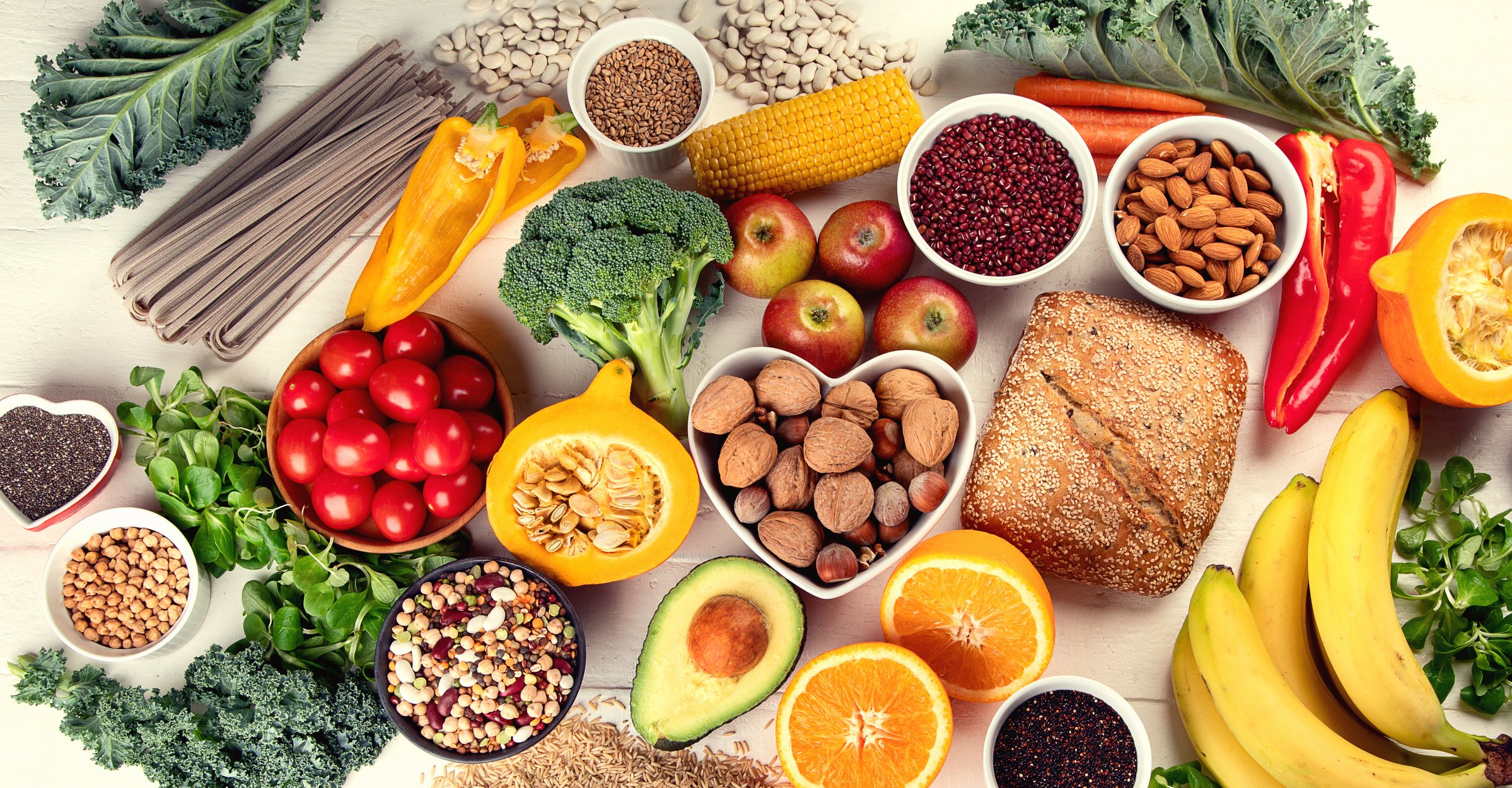Migraines can be debilitating. In Canada alone, 25% of households have someone affected by migraines;[1] as well, migraines are the 2nd most common cause of disability worldwide. [2] This disease can affect people’s quality of life enormously.
As Naturopathic Doctors, our approach is not to treat the migraines – but rather to treat the person living with migraines. This involves considering what may be the root cause(s) of the development of the painful episodes in the brain.
People living with migraines commonly have a genetic predisposition to them. While genetics are the “gun”, environmental factors “pull the trigger” and cause a migraine. These factors include hormonal imbalances, food sensitivities, nutrient deficiencies, mitochondria dysfunction, stress, and suboptimally-functioning pathways of detoxification.
Food Sensitivities vs. Food Triggers
Foods that commonly trigger a migraine for people include caffeine, chocolate (tyramine), MSG (glutamate), processed meat (nitrates), and wine (sulfites).
A food sensitivity does not trigger a migraine to develop, but if you are eating the food regularly and it is creating low-grade inflammation in your body, it is more likely to cause a migraine to develop. These food sensitivities can lead to the development of a migraine when there are additional variables at play such as weather changes OR hormonal decreases before your menstrual flow. If a person can identify foods that cause low-grade inflammation in their system and then avoid them for several weeks, they can reset their levels of inflammation and eat the foods less often. This approach has been helpful for countless patients.
So – how do you know which foods are increasing your likelihood of developing a migraine? There are two ways:
If you are unfortunate enough to have migraine attacks daily, or every few days, you can do an elimination diet for 2 weeks to see if the migraines lessen or stop. This involves avoiding the most common food sensitivities including dairy, all grains, egg whites, nuts, and yeast. Often, we can give patients a shorter list of foods to avoid based on what their diet has been comprised of and considering other health concerns they may have.
A food sensitivity test is also a very helpful option. Your Naturopathic Doctor can collect a small amount of blood through a finger prick and send the sample to Rocky Mountain Analytical (RMA) – a division of LifeLabs. RMA can report on IgG antibody levels of between 120-225 foods that our immune systems may react to. A 2007 research study found that 43/65 patients with migraine headaches had complete remission of headaches after one month of eliminating reactive foods. Another study in 2010 found a significant reduction in the number of headache days and migraine attacks with the elimination of reactive foods. [3] [4] [5]
If a food sensitivity is identified, we can provide many options for food substitutions and can guide you on how long to avoid your trigger foods before reintroducing it in small amounts. If food sensitivities exist due to a “leaky gut” – an impaired permeability of the digestive tract – we can develop a plan to heal the lining using simple strategies.
Food sensitivities are not always a factor for patients who have migraine attacks, but it is a common one. When these foods are identified, a patient can experience improved health outcomes in many different areas including digestion, skin, immunity, and metabolism. It’s a win-win all around.
Altering your diet is not always easy, but with some compassionate support and expert guidance, many of our patients have found enormous success. We are here for you with an individualized, multi-faceted approach to help you break free from the cycle of pain.
In good health,
Dr. Darlene Reid, ND
[1] https://migrainecanada.org/wp-content/uploads/2023/05/languageguide-onepager-EN-finalweb.pdf
[2] https://thejournalofheadacheandpain.biomedcentral.com/articles/10.1186/s10194-020-01208-0
[3] Drisko J, Bischoff B, Hall M, McCallum R. Treating irritable bowel syndrome with a food elimination diet followed by food challenge and probiotics. J Am Coll Nutr. 2006 Dec;25(6):514-22. doi: 10.1080/07315724.2006.10719567. PMID: 17229899.
[4] Alpay K, Ertas M, Orhan EK, Ustay DK, Lieners C, Baykan B. Diet restriction in migraine, based on IgG against foods: a clinical double-blind, randomised, cross-over trial. Cephalalgia. 2010 Jul;30(7):829-37. doi: 10.1177/0333102410361404. Epub 2010 Mar 10. PMID: 20647174; PMCID: PMC2899772.
[5] Arroyave Hernández CM, Echavarría Pinto M, Hernández Montiel HL. Food allergy mediated by IgG antibodies associated with migraine in adults. Rev Alerg Mex. 2007 Sep-Oct;54(5):162-8. Erratum in: Rev Alerg Mex. 2010 Mar-Apr;57(2):49. Echevarría Pinto, Mauro [corrected to Echavarría Pinto, Mauro]. PMID: 18693538.








